James Wharram’s Polynesian catamaran designs have inspired countless backyard boatbuilders with dreams of ocean voyaging to exotic tropical destinations. Starting with the simple 23’ TANGAROA, aboard which he completed the first catamaran crossing of the Atlantic in 1955–56, the cruising-sized vessels in his range of plans have an impressive safety record due to their conservative design parameters. Seaworthiness is the number-one priority in his designs.While ocean-voyaging catamarans have been the main focus of Wharram’s design work, his plans catalog includes a few smaller boats suitable beach cruising. The Tiki 21 that was recently profiled here in Small Boats Monthly crosses the line between the two pursuits but is still a bigger boat than many people want to build or trailer. The Hitia 17 and the Hitia 14 are based on the same hull shape and design concepts as the Tiki 21 and her larger sisters, but the Hitias are open boats. They are lighter, simpler, and less expensive to build, while retaining the sailing characteristics and performance of the cruisers. While the smaller Hitia 14 is strictly a daysailer, the Hitia 17, with its dry-storage holds and kayak-style cockpits, features real camp-cruising capability for sailors who don’t mind roughing it a bit. Taken apart for transport, the pieces of the Hitia 17 are light enough to be carried to the beach.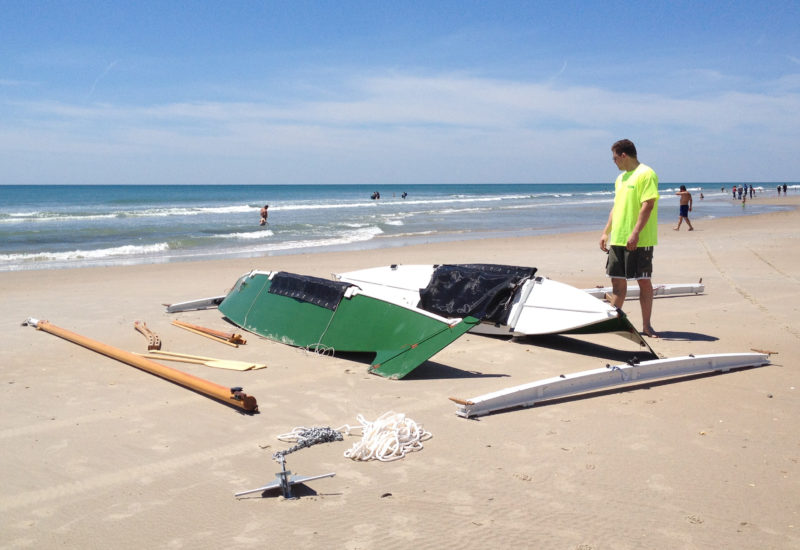 Omar Rashash
Omar Rashash
Join The Conversation
We welcome your comments about this article. If you’d like to include a photo or a video with your comment, please email the file or link.



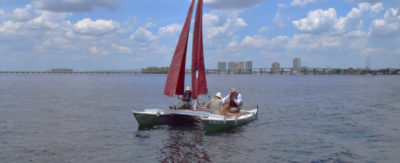
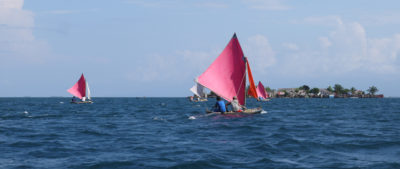
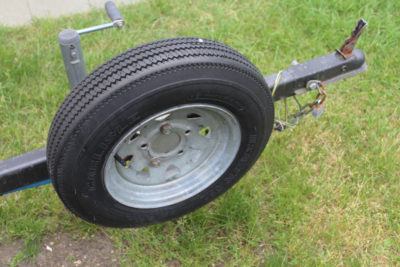
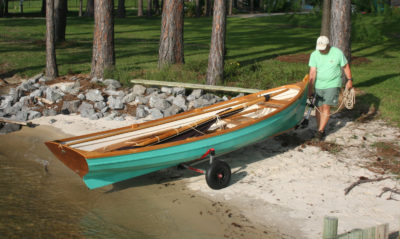
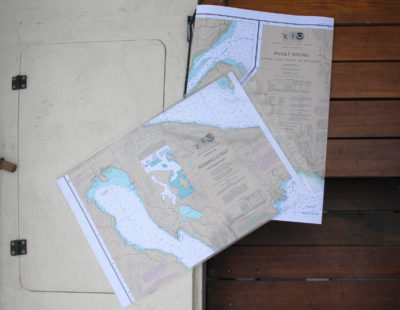
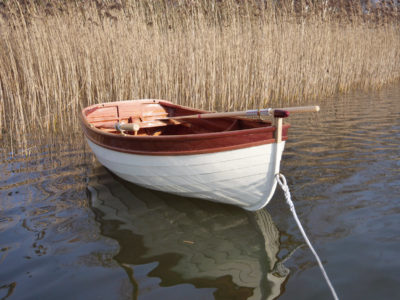

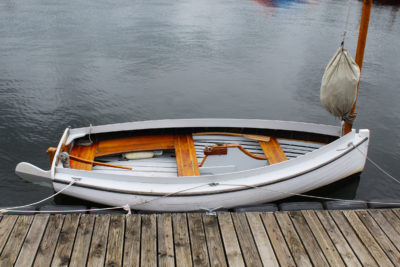
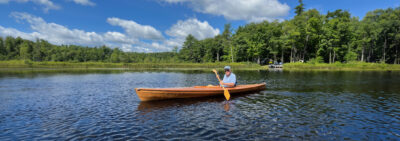
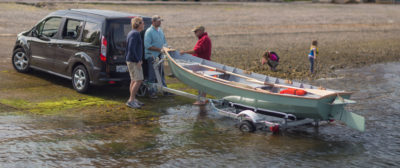
Do you have a video of the trailer and of you launching/rigging and retrieving/stowing? I’m interested in this as my first build. Thirty minutes or less setup time is acceptable to me doing it solo. My MacGregor 26D took me an hour to rig, splash, and fill the water ballast which was too long. It was also dicey to do with a 28′ mast by myself with any sort of cross wind.
Dear sir,
I am poor man from Bangladesh I want to build Hitia 17. can you help to design
pls.
humayun
I like the inferred message of “no tan lines allowed.”